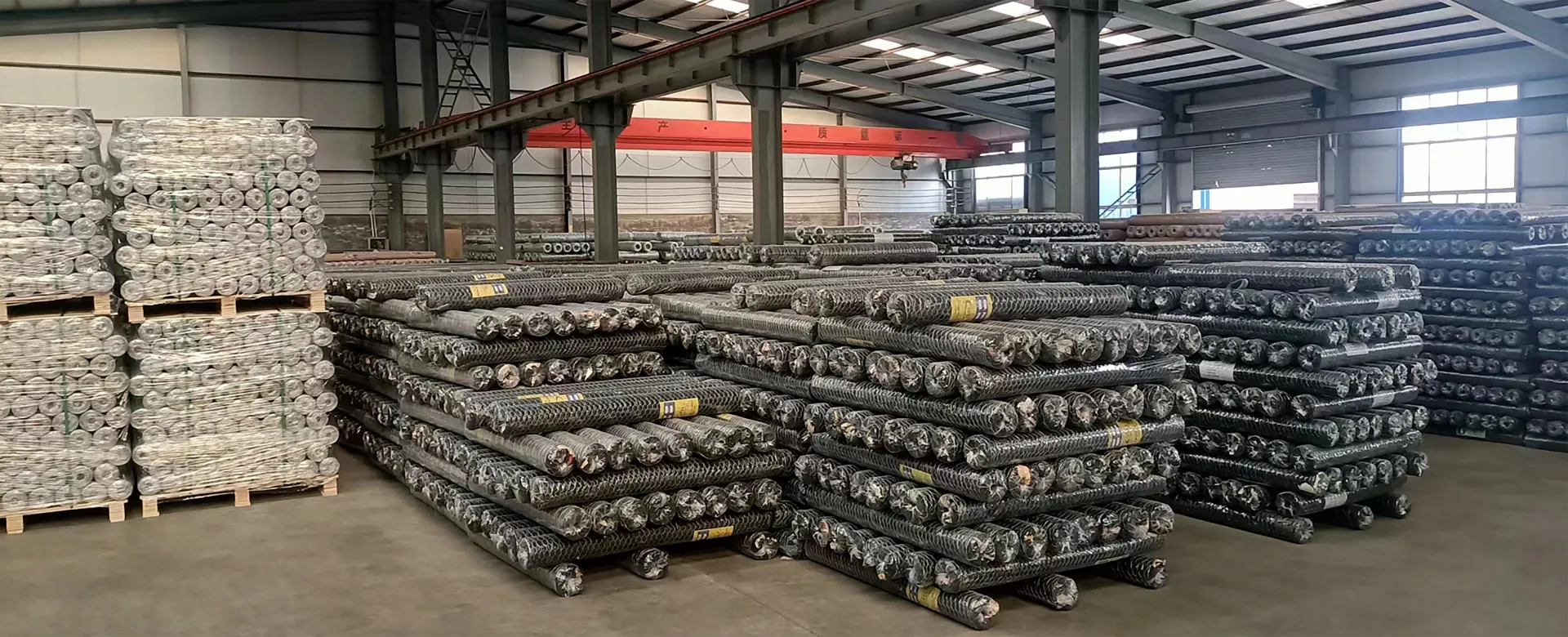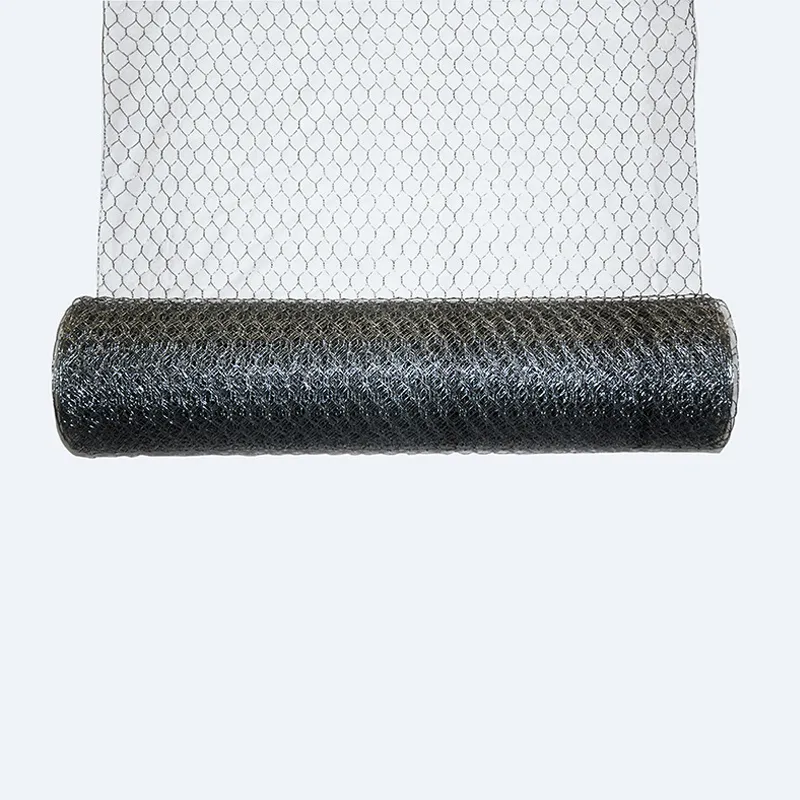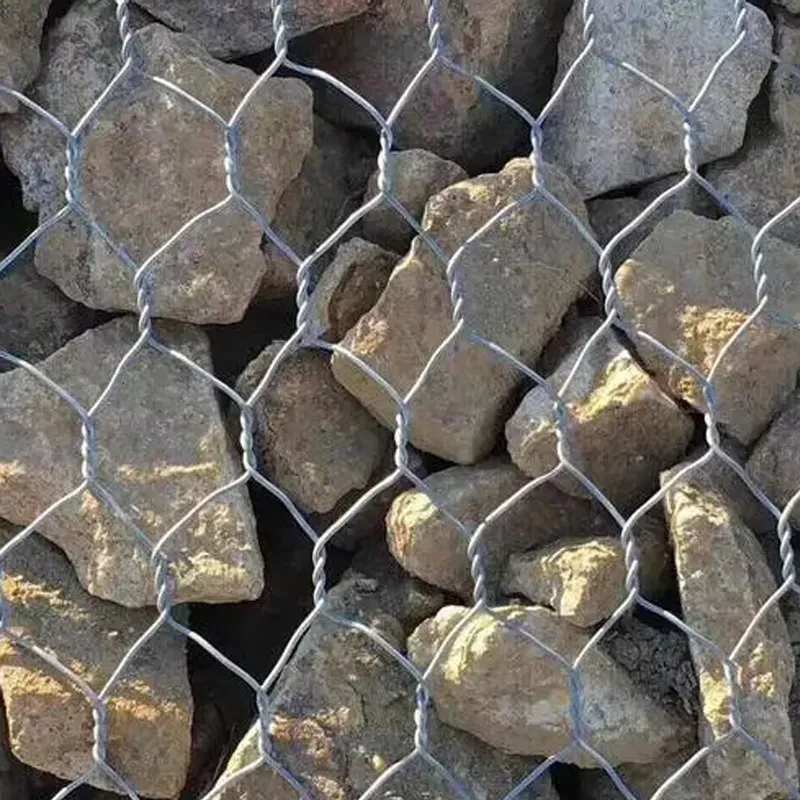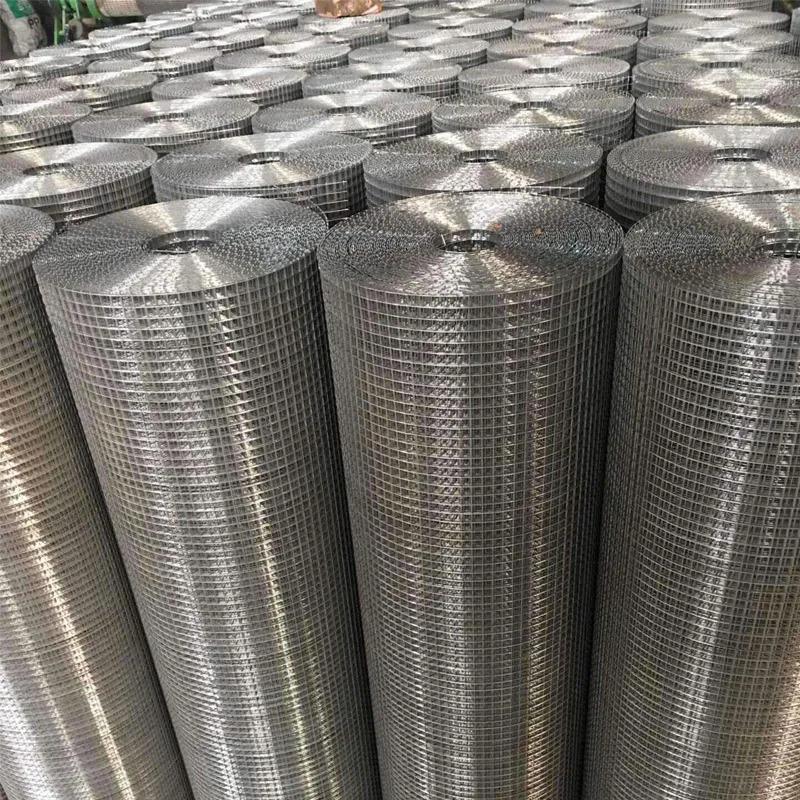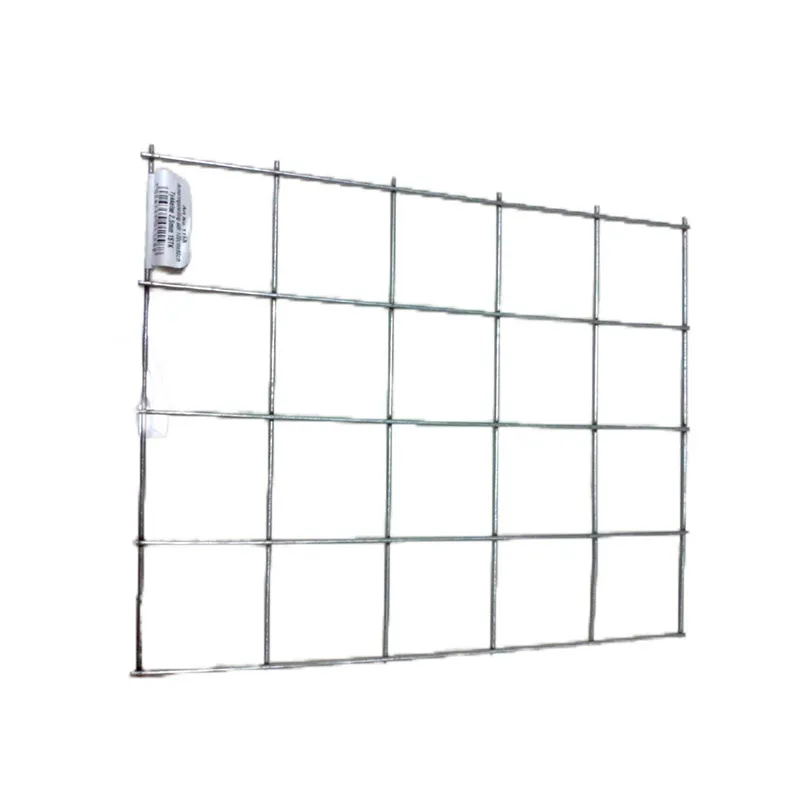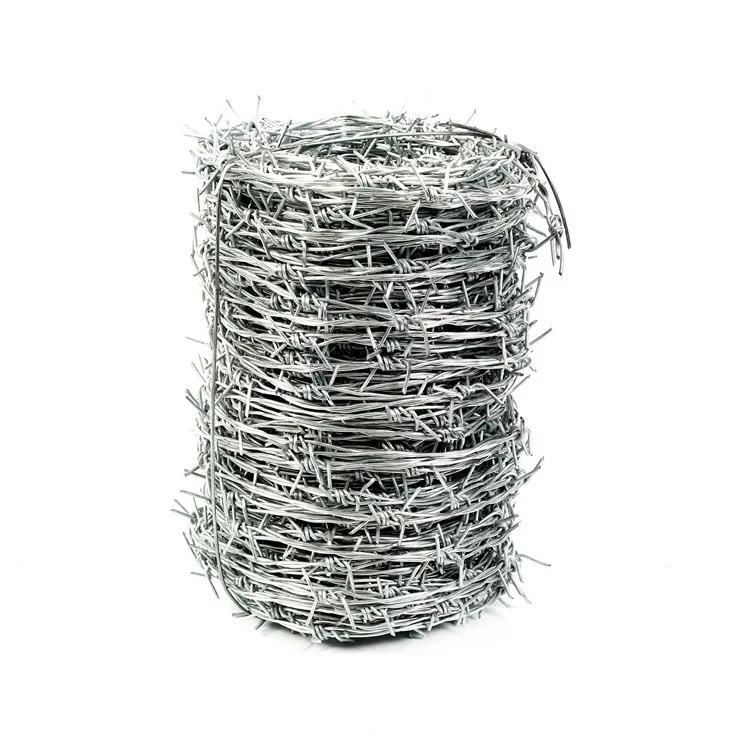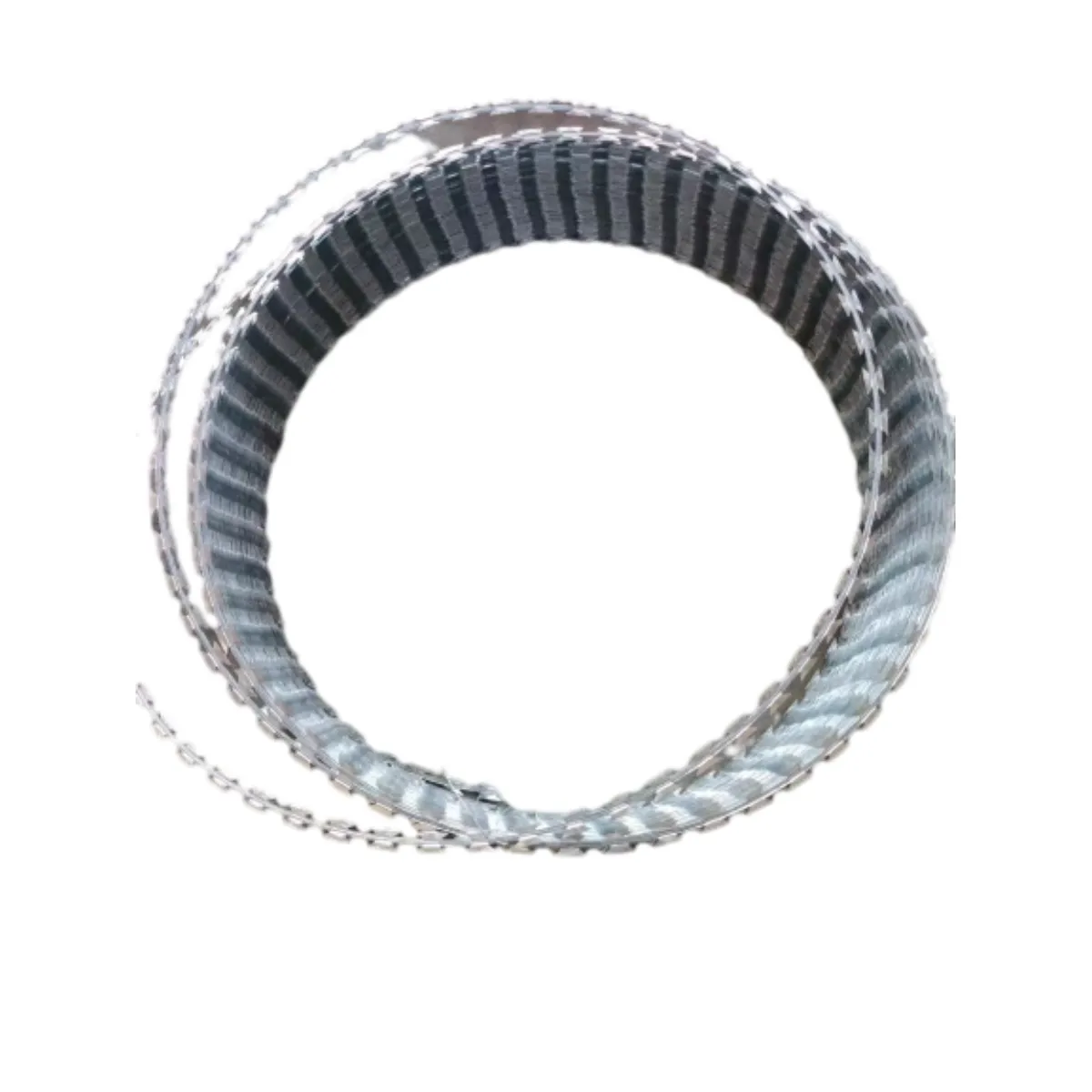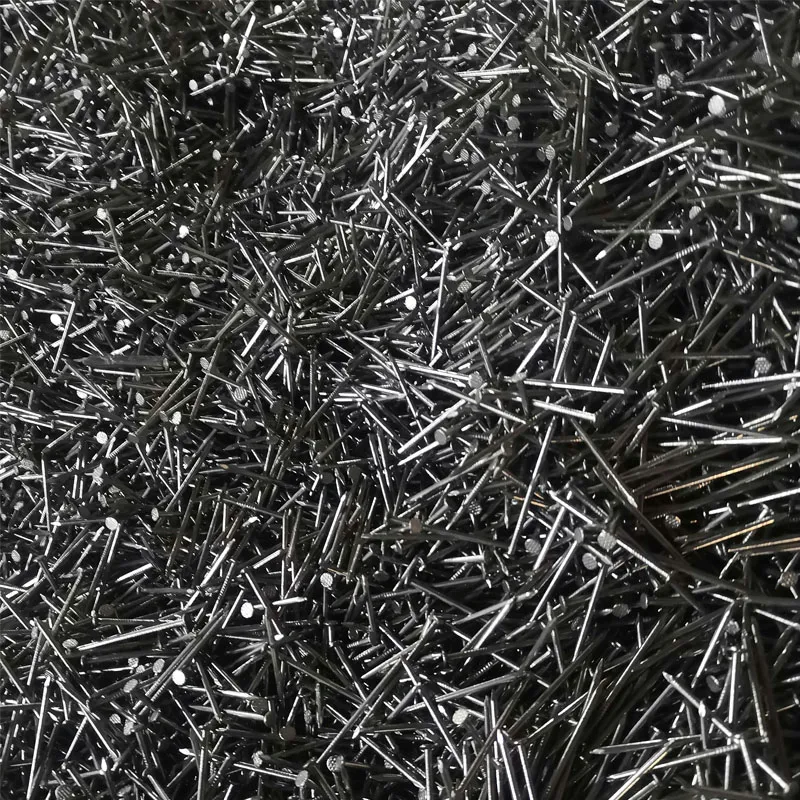Jul . 25, 2024 13:16 Back to list
Innovative Mesh Solutions for Efficient and Durable Plastering Applications in Construction Projects
Mesh for Plastering A Comprehensive Guide
Plastering is an essential aspect of construction and renovation, providing not only aesthetic appeal but also necessary protection to the underlying structures. Among the various techniques and materials used in plastering, mesh has garnered particular attention for its reinforcing properties. This article explores the significance of mesh for plastering, its types, applications, and best practices.
What is Mesh for Plastering?
Mesh used in plastering is typically a grid-like structure made from materials such as fiberglass, steel, or plastic. The primary purpose of the mesh is to enhance the strength and durability of plaster applications, effectively preventing cracks and failures that can arise due to temperature fluctuations, settling, or structural movement. Employing mesh can dramatically improve the longevity of plastered surfaces, making it an invaluable component in both residential and commercial projects.
Types of Mesh
There are various types of mesh available for plastering, each suited for different applications
1. Fiberglass Mesh This type of mesh is lightweight and resistant to moisture, making it ideal for use in areas prone to high humidity, such as bathrooms and kitchens. Fiberglass mesh is also resistant to chemical interactions, ensuring its applicability in a variety of environments.
2. Steel Mesh Known for its robustness, steel mesh offers excellent tensile strength, making it suitable for heavy-duty plastering tasks. While it is more prone to corrosion, when coated or galvanized, steel mesh can provide a durable solution for exterior plaster applications.
3. Plastic Mesh This type is often used in internal plastering due to its resistance to rot and ease of handling. Plastic mesh is adaptable and can be cut easily to fit specific requirements, making it a popular choice for DIY enthusiasts.
Applications of Mesh in Plastering
Mesh is employed widely in plastering applications, with several key benefits
mesh for plastering
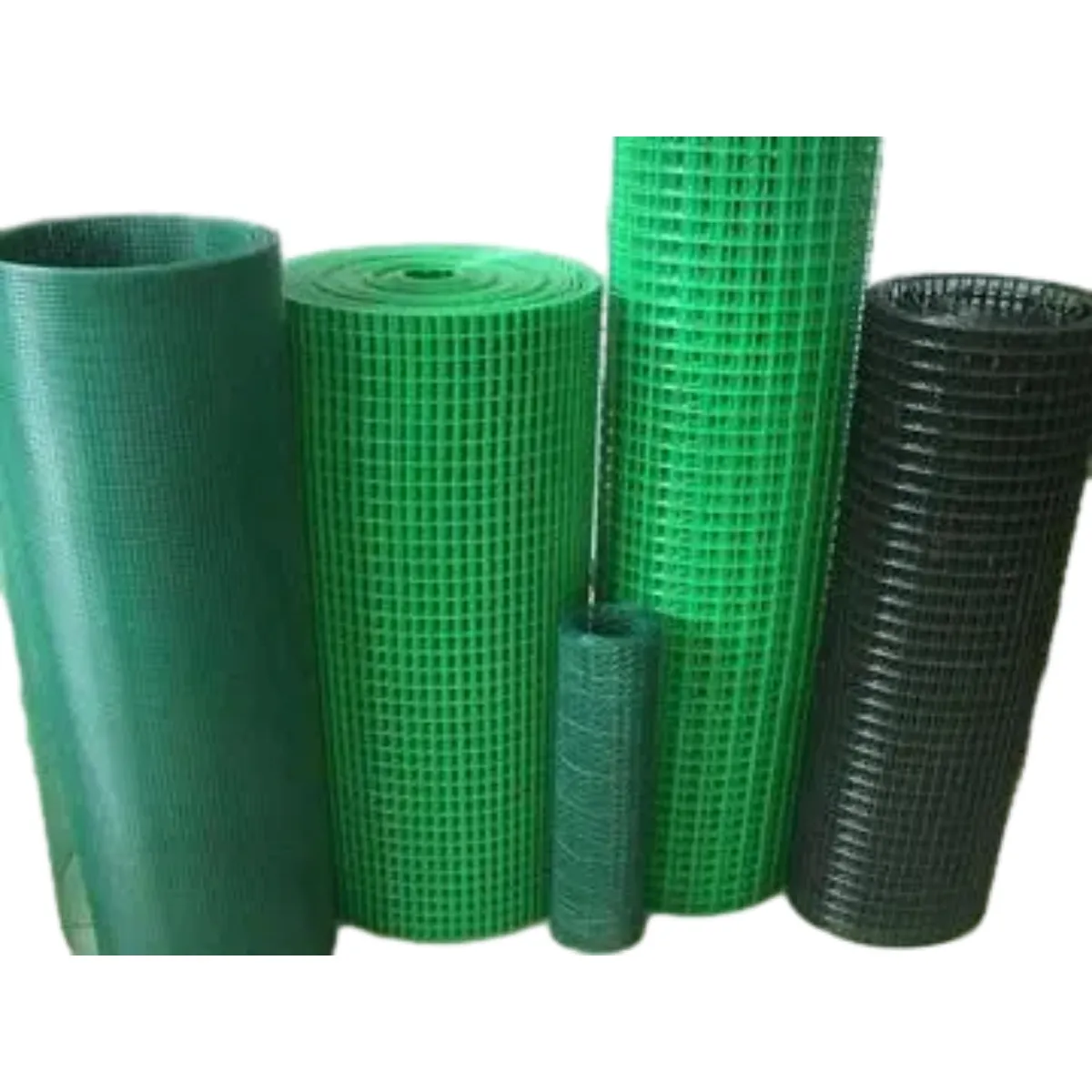
- Reinforcement The primary function of mesh is to provide reinforcement to plaster. By distributing stress across a larger area, mesh minimizes the chances of cracking, particularly in high-stress areas like corners and joints.
- Improved Adhesion The grid structure of mesh enhances the adhesion of plaster to the substrate. This property is especially beneficial when applying plaster to smooth surfaces, where standard plaster may struggle to bond effectively.
- Control of Shrinkage Cracks As plaster dries, it can shrink and lead to cracks. The incorporation of mesh helps control this shrinkage, significantly reducing the incidence of surface imperfections.
Best Practices for Using Mesh in Plastering
To ensure optimal results when using mesh for plastering, consider the following best practices
1. Surface Preparation Before applying mesh, ensure the substrate is clean, dry, and free from contamination. Proper surface preparation promotes better adhesion between the mesh and the plaster.
2. Overlap the Mesh When applying mesh, overlaps of at least 10 centimeters are recommended to enhance the integrity of the plaster. Overlapping also ensures a continuous reinforcement across the surface.
3. Selecting the Right Type Consider the specific requirements of your project when selecting mesh. For exterior applications, prioritize corrosion-resistant options, while for interior use, lightweight fiberglass or plastic meshes may suffice.
4. Proper Embedding Ensure that the mesh is properly embedded in the plaster layer. This can be achieved by pressing the mesh into the plaster and applying a second coat if necessary, which helps achieve a smooth finish.
Conclusion
Mesh for plastering plays a crucial role in enhancing the durability and performance of plastered surfaces. By understanding the various types of mesh available and adhering to best practices, builders and DIY enthusiasts can achieve long-lasting and aesthetically pleasing results in their plastering projects. Whether you’re working on a small repair or a large scale construction project, investing time and resources into the right mesh application can make all the difference.
-
euro-style-fence-trends-sleek-secure-sustainable
NewsAug.22,2025
-
from-construction-to-art-the-versatility-of-common-nails
NewsAug.22,2025
-
the-art-of-security-razor-wire-sculptures-in-modern-defense
NewsAug.22,2025
-
pvc-coated-wire-mesh-an-eco-friendly-choice-for-sustainable-development
NewsAug.22,2025
-
innovative-uses-of-galvanised-iron-wire-mesh-in-architecture
NewsAug.22,2025
-
the-ultimate-guide-to-installing-gabion-baskets-for-slope-control
NewsAug.22,2025

